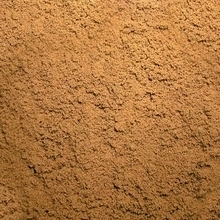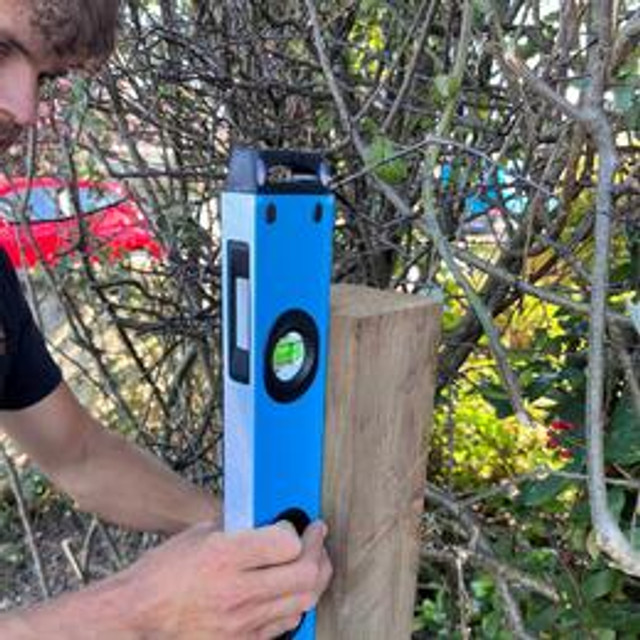Frequently Asked Questions
How to lay block paving?
To lay block paving, start by planning your area and marking out the design. Excavate the site to a depth of 150–200mm, then lay a compacted base of hardcore or crushed stone about 100–150mm thick. Spread 30–50mm of sharp sand over the base and level it carefully. Begin placing the blocks in your chosen pattern, cutting edge pieces as needed for a neat fit. Once all blocks are in place, compact them with a plate compactor and brush sand into the joints to lock them in. Finally, give the surface a last sweep of sand and re-compact if necessary to ensure a stable, even finish.
How to clean block paving?
To clean block paving, start by removing loose debris like leaves, dirt, and moss with a broom or leaf blower. For deeper cleaning, rinse the surface with water and use a stiff brush or a pressure washer to scrub away stubborn stains and algae. For moss or weeds between the joints, apply a weed killer or a mixture of water and vinegar, then sweep the joints clean. After cleaning, refill any sand washed out from the joints with kiln-dried sand and compact the surface to keep the blocks stable and looking fresh.
How to fit block paving?
To fit block paving, begin by preparing the area: mark out the space, excavate to the required depth, and lay a compacted base of hardcore or crushed stone. Spread a layer of sharp sand over the base and level it carefully. Start placing the blocks in your chosen pattern, cutting edge pieces to fit if necessary. Once all blocks are laid, use a plate compactor to settle them, then brush sand into the joints to lock them in place. Finally, give the surface a final sweep of sand and re-compact if needed to ensure a secure, even finish.
Does salt kill weeds in block paving?
Yes, salt can kill weeds on block paving, but it comes with caveats. Salt draws moisture out of plants, causing them to dry up and die. You can sprinkle salt directly onto weeds or make a solution with water and pour it over them. However, salt can also harm surrounding soil, nearby plants, and even the structure of your paving over time if used repeatedly, as it can lead to soil degradation and prevent future plant growth. It’s best used sparingly and in targeted spots rather than over the whole area.
What sand do I need for block paving?
For block paving, use sharp sand for the base to level and support the blocks, and fine kiln-dried sand to fill the joints and lock the blocks in place. Using soft sand can cause movement and uneven settling.
How to remove oil from block paving?
To remove oil from block paving, first blot up any excess oil with paper towels or an old cloth. Sprinkle a generous amount of baking soda, cat litter, or sawdust over the stain to absorb remaining oil, then sweep it away. Apply a degreasing cleaner or washing-up liquid mixed with warm water, scrub the area with a stiff brush, and rinse thoroughly with water. For stubborn stains, repeat the process or use a specialized paving cleaner.
How to stop weeds in block paving?
To stop weeds in block paving, keep the joints filled with kiln-dried sand and compact the surface regularly to prevent gaps forming. Remove any weeds promptly before they set seed, and consider applying a weed killer or a weed-preventing membrane beneath new paving. Regular sweeping and cleaning also help reduce soil and debris where weeds can take root.
How to clean block paving without a pressure washer?
To clean block paving without a pressure washer, start by sweeping away loose dirt and debris. Mix warm water with a mild detergent or washing-up liquid, then scrub the surface with a stiff-bristled brush to remove stains and algae. For stubborn moss or weeds in the joints, use a brush or a weed killer solution, then rinse the area thoroughly with a garden hose. Repeat as needed and refill any washed-out sand in the joints to keep the paving stable.
Is block paving permeable?
Block paving can be either permeable or non-permeable depending on the type used. Permeable block paving is designed with gaps or special materials that allow water to drain through the surface into the ground, helping prevent flooding and runoff. Non-permeable block paving, on the other hand, is tightly laid with sand-filled joints, so water runs off the surface instead of soaking through.





